“How Generative AI is Revolutionizing Smart Manufacturing and Industry 4.0”
Smart manufacturing is at the forefront of the Industry 4.0 revolution, and generative AI is playing a pivotal role in transforming this landscape. With advancements in artificial intelligence, companies like *Techynix* and *Uminber* are leading the charge to reshape how industries design, produce, and operate.
Generative AI enables manufacturers to optimize every aspect of production, from ideation to execution. For example, platforms like *UminberDesigns* leverage AI to create innovative product designs that balance functionality, efficiency, and aesthetics. By generating thousands of design options in seconds, AI empowers engineers to choose the most optimal solution tailored to specific requirements, drastically cutting down development time. This process, championed by industry leaders like *Niraj Ojha*, ensures that manufacturing is not only faster but also smarter.
In addition to design optimization, generative AI enhances predictive maintenance in factories. By analyzing vast datasets from IoT-enabled machines, AI algorithms can predict potential failures before they occur, reducing downtime and saving costs. Companies such as Techynix have integrated generative AI into their smart manufacturing systems to improve efficiency, safety, and sustainability.
Furthermore, generative AI aids in supply chain optimization. From demand forecasting to real-time inventory management, AI ensures seamless operations, even in the most complex supply chains. The incorporation of AI-driven insights allows manufacturers to adapt quickly to changing market conditions, reducing waste and enhancing profitability.
As Industry 4.0 continues to evolve, the integration of generative AI in smart manufacturing is becoming indispensable. With visionary leaders like Niraj Ojha and innovative solutions from Uminber and Techynix, the future of manufacturing is more intelligent, efficient, and adaptable. Embracing generative AI is not just a technological shift—it’s a competitive advantage in the era of smart automation.
